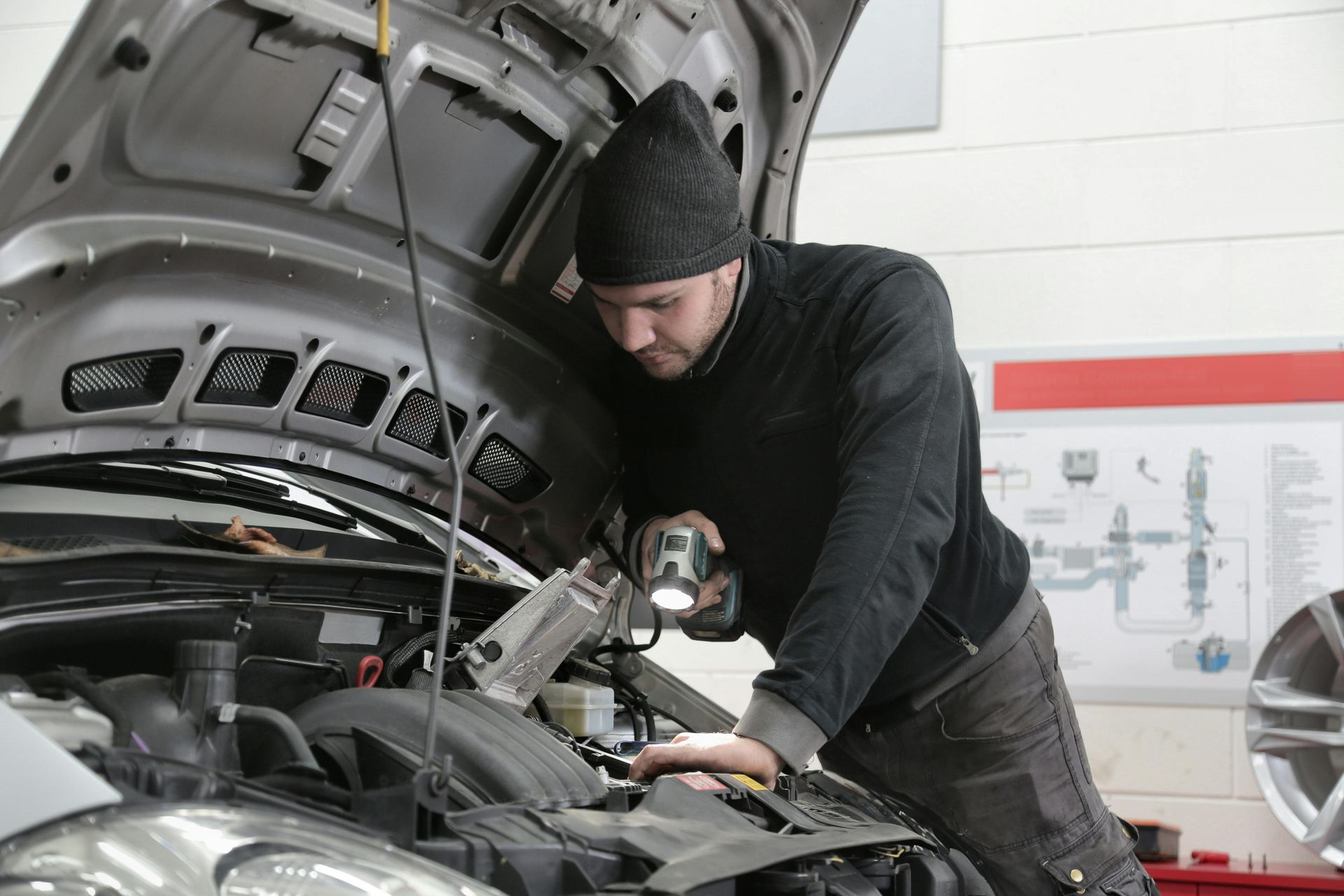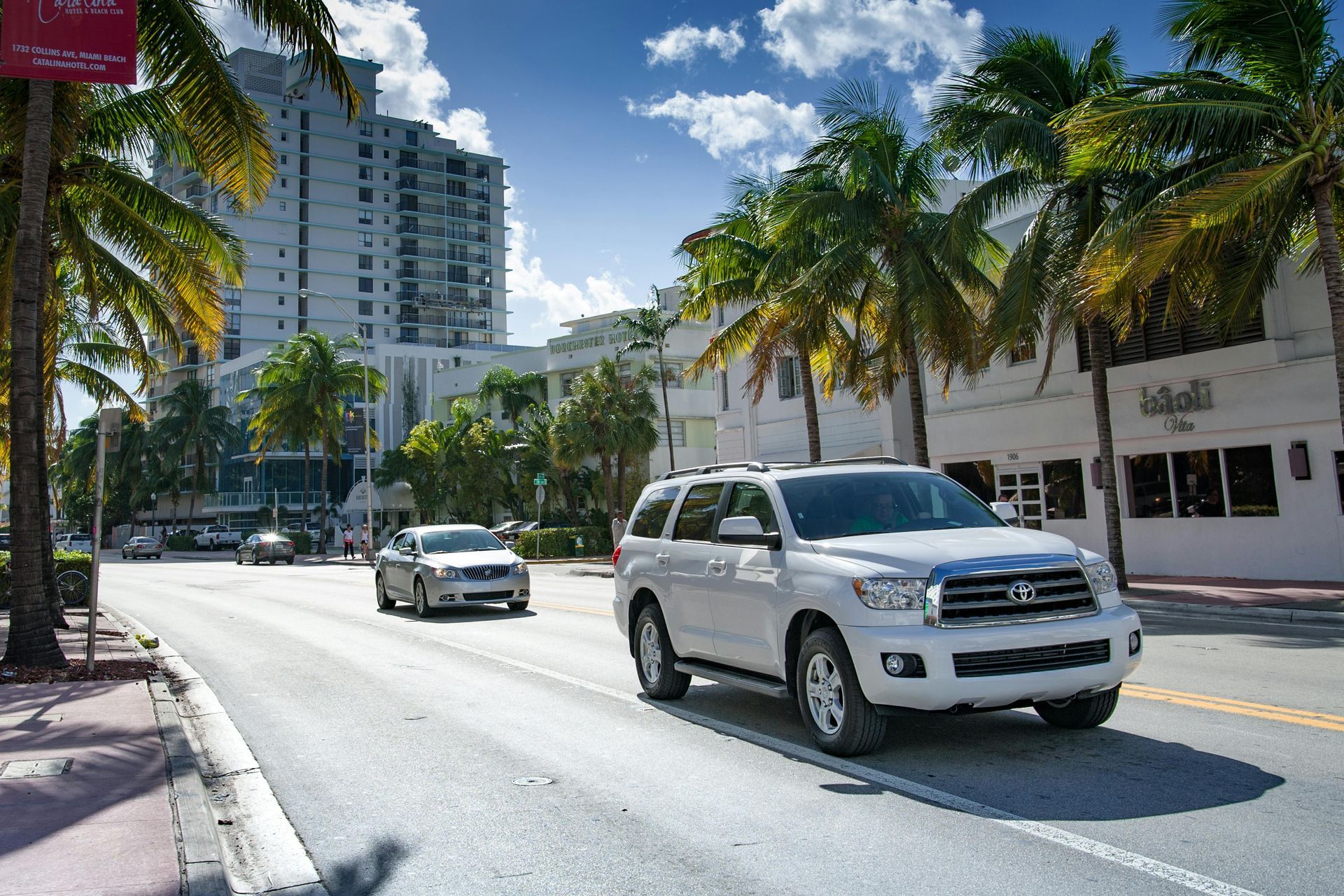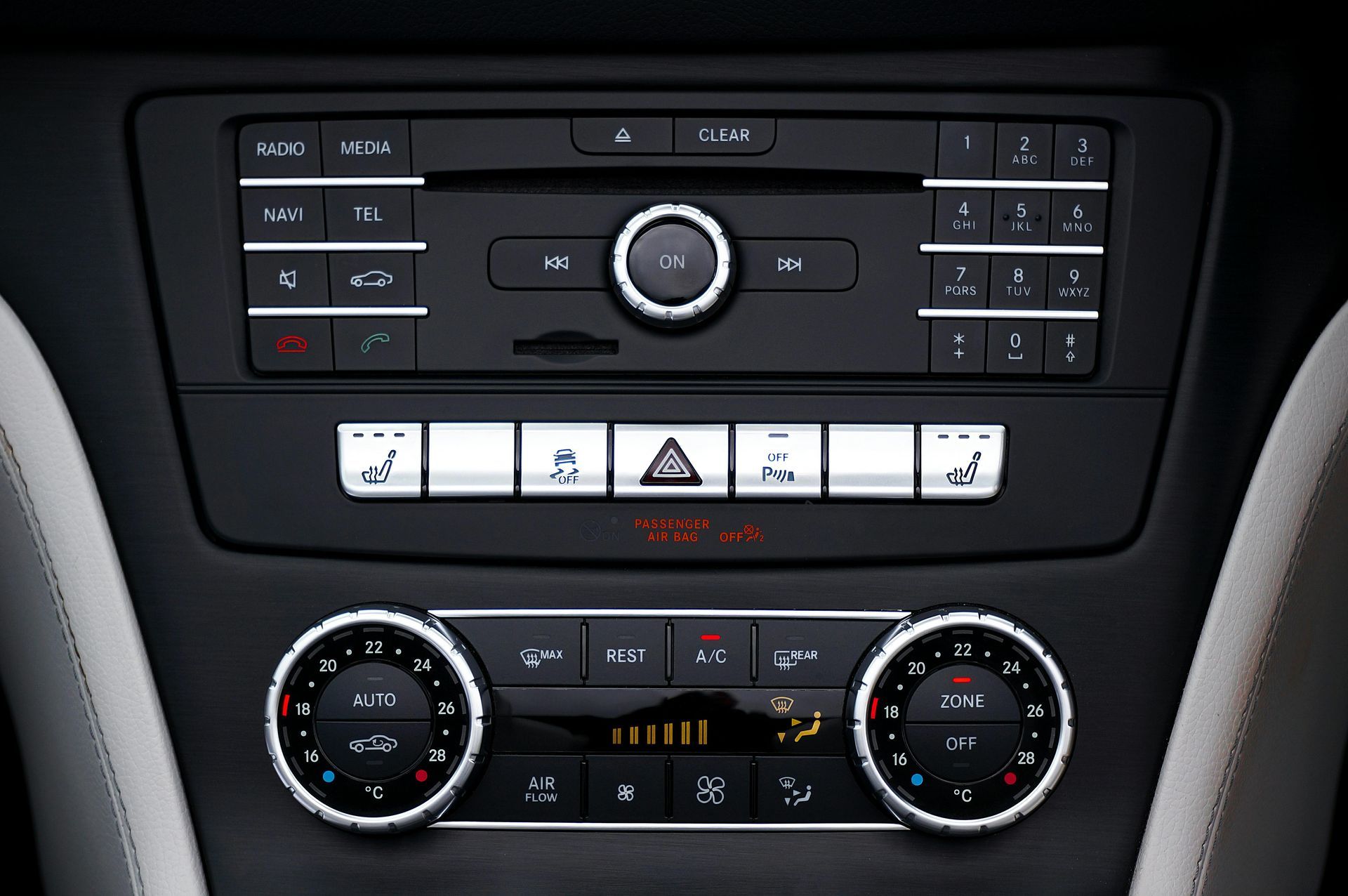Getting Your Tires Ready for Florida's Wet Fall Season
Fall in Central Florida brings a dramatic shift from summer's brief but intense thunderstorms to more frequent, sustained rainfall that can last for hours. For Lakeland drivers commuting to work along US-98 or dropping kids off at local schools like Lake Gibson High School, these wet road conditions create serious safety challenges that demand properly maintained tires. While summer heat tests your tires' durability, fall's consistent moisture tests their ability to maintain traction on slippery surfaces.
Your tires are the only part of your vehicle that touches the road, making them critical for safe driving during Florida's wet fall season. Tires that seemed adequate during dry summer months may become dangerously inadequate when faced with standing water on Memorial Boulevard or oil-slicked parking lots at Lakeland Square Mall.
Fall Rain Patterns Change Driving Conditions
Unlike summer's predictable afternoon thunderstorms that arrive and depart quickly, fall brings weather systems that can produce steady rain for hours or even days. This sustained moisture creates different hazards than brief summer downpours.
Roads that dry quickly after summer storms stay wet longer during fall rain events. Oil, rubber deposits, and debris that accumulate on road surfaces during dry periods become slippery hazards when mixed with rainwater. The first few minutes of rainfall are particularly dangerous as this mixture creates an especially slick surface.
Standing water becomes more common during extended fall rain events. Areas around Polk County that drain quickly during brief summer storms may develop significant water accumulation during longer fall rainfall periods.
Summer Heat Damages Tire Components
Before addressing fall's wet road challenges, examine how summer's extreme heat may have compromised your tires. Florida's pavement temperatures can exceed 140 degrees during summer, causing tire rubber to heat up and break down faster than in cooler climates.
Check for signs of heat damage including:
- Cracks in the sidewall or tread area
- Uneven wear patterns from hot pavement
- Bulges or weak spots in tire walls
- Hardened rubber that feels brittle rather than flexible
Heat damage often isn't visible until tires are stressed by challenging conditions like wet roads. A tire that survived summer heat might fail when faced with the steering inputs required for wet weather driving.
Tread Depth: Your First Line of Defense
Adequate tread depth is crucial for channeling water away from your tire's contact patch and maintaining grip on wet roads. As tires wear down, their ability to evacuate water decreases dramatically, increasing hydroplaning risk.
The Penny Test: Insert a penny into your tire's tread with Lincoln's head pointing down. If you can see the top of Lincoln's head, your tread is below 2/32 of an inch and needs immediate replacement.
The Quarter Test: For better wet weather performance, use a quarter instead. If you can see the top of Washington's head, your tread is below 4/32 of an inch – still legal but not ideal for Florida's frequent rain.
Professional Measurement: Tire shops use precise gauges to measure tread depth across the entire tire surface, identifying uneven wear that the penny test might miss.
Tire Pressure Changes with Temperature
Fall's temperature swings from cool mornings in the 60s to warm afternoons in the 80s cause tire pressure to fluctuate throughout the day. For every 10-degree temperature change, tire pressure changes by approximately 1 PSI.
Under-inflated tires are particularly dangerous on wet roads because they increase the contact patch area, making it harder for tread to channel water effectively. This increases hydroplaning risk and reduces steering response when you need it most.
Over-inflated tires reduce the contact patch too much, decreasing traction and making the vehicle more likely to skid on wet surfaces. Check tire pressure at least monthly, preferably when tires are cool in the morning before driving.
Recognize Hydroplaning Risks
Hydroplaning occurs when water builds up between your tires and the road surface faster than your tire tread can channel it away. Once hydroplaning begins, you lose steering control and braking ability until your tires regain contact with the pavement.
Common hydroplaning locations around Lakeland include:
- Low-lying areas along Kathleen Road during heavy rain
- Parking lot entrances where water collects
- Highway underpasses where drainage may be inadequate
- Construction zones where temporary drainage is limited
Speed is the biggest factor in hydroplaning risk. Even new tires can hydroplane at highway speeds if water depth is sufficient. Reduce speed significantly during rain, especially in areas known for water accumulation.
Inspect Tire Condition Thoroughly
Beyond tread depth, examine your tires for other problems that compromise wet weather safety:
Sidewall Damage: Cracks, cuts, or bulges in tire sidewalls create weak points that can fail under the stress of wet weather driving maneuvers.
Uneven Wear: Wear patterns that indicate alignment problems, suspension issues, or improper inflation reduce traction and handling predictability on wet roads.
Age-Related Deterioration: Tires older than six years should be replaced regardless of tread depth, as rubber compounds deteriorate over time and become less effective in wet conditions.
Foreign Objects: Remove nails, screws, or other debris that could cause sudden tire failure during challenging wet weather driving.
Rotation and Alignment Matter More in Fall
Regular tire rotation becomes more important before fall's wet season because it ensures even tread wear across all four tires. Uneven tread depth between tires can cause unpredictable handling on wet roads.
Proper wheel alignment prevents premature tire wear and ensures optimal tire contact with wet road surfaces. Misaligned wheels cause tires to scrub rather than roll, reducing their ability to channel water and maintain traction.
Choose the Right Tires for Florida Conditions
When replacement becomes necessary, select tires designed for wet weather performance. All-season tires with good wet traction ratings work well for Florida's conditions, while summer performance tires may struggle in wet conditions despite excellent dry weather performance.
Look for tires with:
- Deep circumferential grooves for water evacuation
- Aggressive tread patterns for wet traction
- Silica-enhanced rubber compounds for better wet grip
- High wet traction ratings from independent testing
Emergency Wet Weather Driving Kit
Prepare for wet weather emergencies by keeping essential items in your vehicle:
- Tire pressure gauge for regular monitoring
- Portable air compressor for pressure adjustments
- Emergency tire repair kit for minor punctures
- Cell phone charger in case you need roadside assistance
- Flashlight for tire inspection in poor visibility conditions
Professional Tire Service in Lakeland
Don't let worn or damaged tires compromise your safety during Florida's wet fall season. At Joyce Automotive and Towing, our experienced technicians can assess your tire condition, check proper pressure and alignment, and recommend the best tires for Central Florida's challenging driving conditions.
We know which tire brands and models perform best on Lakeland's roads during fall rain events, and we can help you choose the right tires for your driving habits and budget.
Are your tires ready for fall's wet road challenges? Don't wait for the first serious rainstorm to discover your tires can't handle the conditions. Call us at (863) 249-0162 or visit us at 1034 E Main St in Lakeland for a comprehensive tire inspection. Let our experienced team ensure you have the traction and safety you need for confident driving through Florida's wet fall season.










